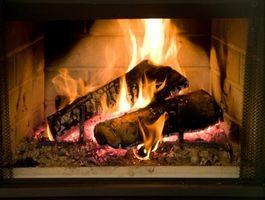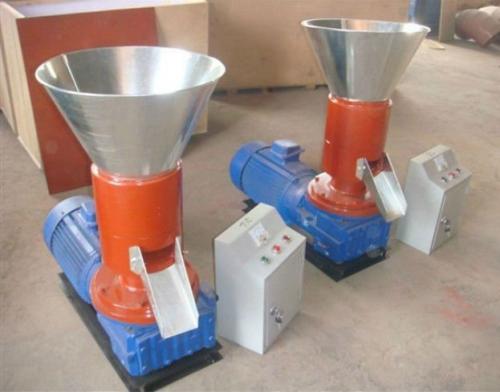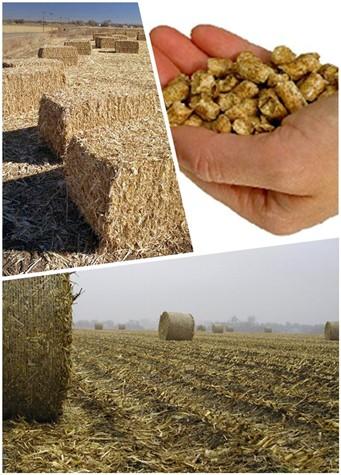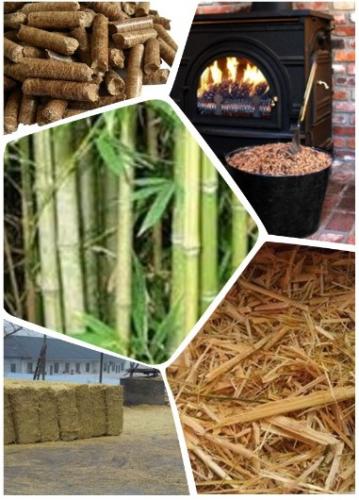Miscanthus for Biomass Pellets

Miscanthus is a kind of perennial energy crop that grows over three meters tall, resembles bamboo and produces the crop every year without replanting. The rapid growth, low mineral content and high yield have made miscanthus emerging as biomass fuel.
Benefits of Miscanthus as Raw Material for Biomass Pellets
Also known as elephant grass, miscanthus does not grow from seed but from purpose planted rhizomes. The first harvest will be 2 years after planting, and its growth pattern is repeated every year for the lifetime of the miscanthus crop, and this annual cane harvest provides an annual income to the farmers at minimal cost, requiring only harvesting. The yield potential of miscanthus is depends, the more rain, sunshine and daylight hours, the greater yield.
With higher photosynthetic efficiency, lower nutritional requirements and less water use than other kinds of plants, miscanthus grows well without heavy fertilization. Besides, only one or two herbicide applications are required in the first year and the following year, thus reducing the harm of pollution to the soil and improving the retention of soil and water.
Miscanthus grows well on all kinds of soils. Low management level is required to successfully plant and harvest the miscanthus. And the ever increasing demand for biomass makes miscanthus become a major biomass feedstock for the future.
All governments have set ambitious targets for reducing carbon emissions.
Miscanthus is truly a kind of carbon neutral green crop. Agriculture has an enormous role to play in creating a greener environment and providing renewable energy. Growing miscanthus will significantly reduce the farms carbon footprint, at the same time providing a haven for biodiversity.
Miscanthus Pellets
The most flexible fuel format is pellets. Similar to wood or other biomass pellets, miscanthus pellets are a highly processed form of biomass fuel. When the miscanthus are turned into pellets, both the moisture content and ash content are reduced, which is suitable for burning. Miscanthus pellets are carbon neutral, providing an excellent alternative for energy supply to traditional fossil fuels. When burning, the amount of carbon dioxide produced is that the plant absorbs from the atmosphere when growing. Unlike fossil fuels, the balance means burning miscanthus pellets for energy has no effect on the atmosphere.
The density of chopped miscanthus is around 150 kg/ m3, while the density of pelletized miscanthus is about 600 kg/m3, which indicates that it is easier to store and transport the pellets. In terms of price, miscanthus pellets have advantage over conventional fossil fuel.





Comments